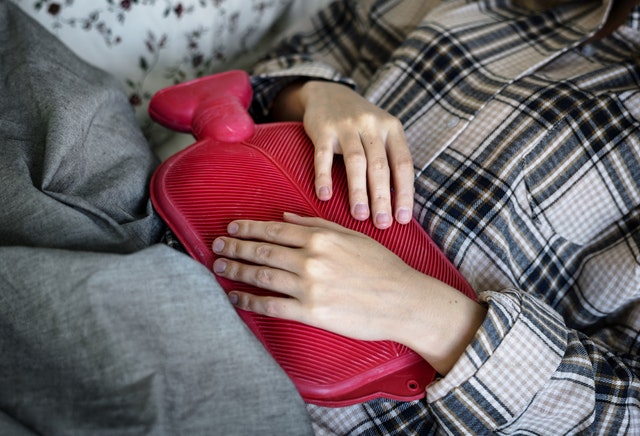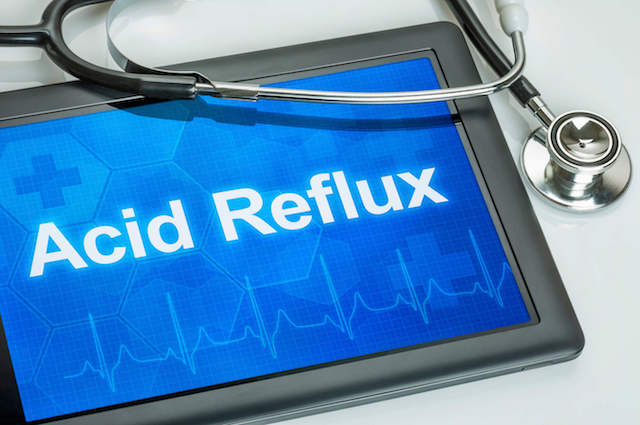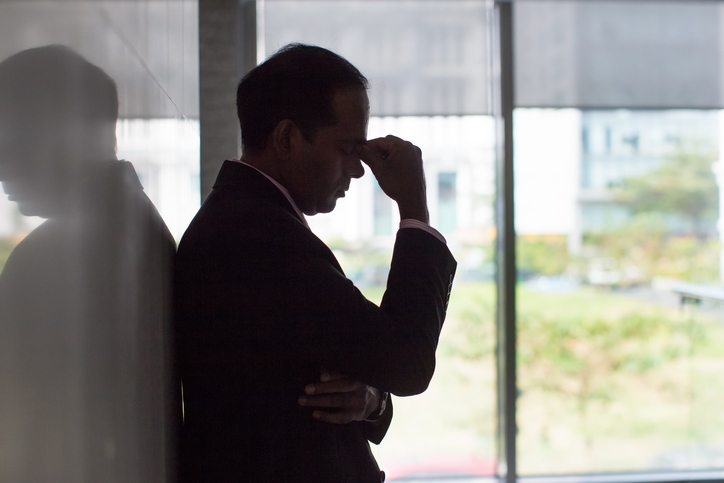Life After Achalasia Surgery and Heller Myotomy
Achalasia is a condition in which the lower end of your esophagus—called the lower esophageal sphincter or LES—fails to relax enough to let food through when you swallow. While the exact cause of achalasia is unknown, there are a number of ways to treat it, including surgery.
Heller myotomy is a procedure in which the muscle in your LES is cut with a small incision, allowing it to relax enough to allow easier swallowing. It is one of the most successful achalasia treatments available, with 80% to 90% of patients having positive results. In addition, this procedure can be performed laparoscopically with minimal incisions, which makes recovery quicker. Even so, you’ll need to change your lifestyle a bit during your recovery period.
Diet After Achalasia Surgery
Recovery from achalasia surgery is generally quick, especially when it’s done laparoscopically. That said, you’ll still need to give your esophagus time to heal, and that means taking it easy with what you eat.
Liquid Diet
For the first few days (one week maximum), you’ll be limited to a liquid diet. Liquids you’ll be allowed to consume during this time include:
- Water
- Juice
- Gelatin
- Popsicles
- Milkshakes
- Strained soups
- Pureed foods, like mashed potatoes
- Pudding
- Thinned hot cereals
Carbonated beverages should be avoided at this stage. Also, start with thin, clear liquids like juices and popsicles. After a few days, you’ll be able to move up to thicker ones. Consume only a cup of liquid at a time, and avoid gulping it down. Work your way up to larger amounts over time.
Soft Foods
After about a week, you’ll be able to start introducing soft foods into your diet. These are items that require very little chewing, such as:
- Fish
- Pasta
- Rice
- Cooked vegetables
- Soft fruits
Avoid tougher foods at this stage, including raw vegetables or crunchy foods. Unground meat should also be avoided until you’ve had sufficient time to heal.
Regular Diet
After a month or so, you’ll be able to handle regular food again. It’s a good idea to introduce foods a little at a time. Also, make sure you chew thoroughly. Once you’ve fully recovered, you should be able to handle foods that you might not have been able to swallow before your surgery, which will make the wait all the more worthwhile.
What to Expect During Achalasia Surgery Recovery
In addition to diet, you’ll have some lifestyle restrictions after Heller myotomy surgery. Again, your recovery time should be fairly quick, but it’s important to follow your surgeon’s guidelines so the process can go as smoothly as possible.
Resuming Normal Activities
After a Heller myotomy, you may need some time off work to recover, though recovery is much faster if you had laparoscopic surgery rather than open surgery. In addition, you might need to limit physical activity for a few days. Follow these pointers:
- Avoid lifting anything over 10 pounds for the first six weeks after surgery.
- Walk around a bit every day, including up and down stairs.
- Keep your incisions clean and dry. Pat them dry after showering. Avoid baths until fully healed.
- Resume sexual activity only after you’re feeling better.
- Avoid driving while on pain medications.
After about a month or two, you should be able to return to your normal daily activities.
Can Achalasia Return After Surgery?
In some cases, achalasia can return after Heller myotomy or other procedures. While the vast majority of patients are ultimately satisfied with this surgery, occasionally symptoms return. Sometimes these present themselves soon after, but in other cases they may appear years later.
Fortunately, Heller myotomy appears to have the best success rate (nearly 87%) when it comes to treating recurring achalasia. Even so, it’s best to talk to your surgeon about your options.
Potential Side Effects
In addition to the pain and discomfort you may experience after surgery, one of the most common side effects is gastroesophageal reflux disease (GERD). This results from the way the LES is loosened up, meaning stomach acid can wash up into the esophagus. For this reason, fundoplication—wrapping the top portion of the stomach around the LES—is often performed alongside Heller myotomy.
Care After Heller Myotomy
If you’re having trouble swallowing, Heller myotomy may be the right choice for you. It’s important to talk to a surgeon about your options before moving forward though. Contact Dr. Malladi and her team for the support you need before, during, and after treatment.
Sources linked:
MedicineNet: https://www.medicinenet.com/achalasia/article.htm







